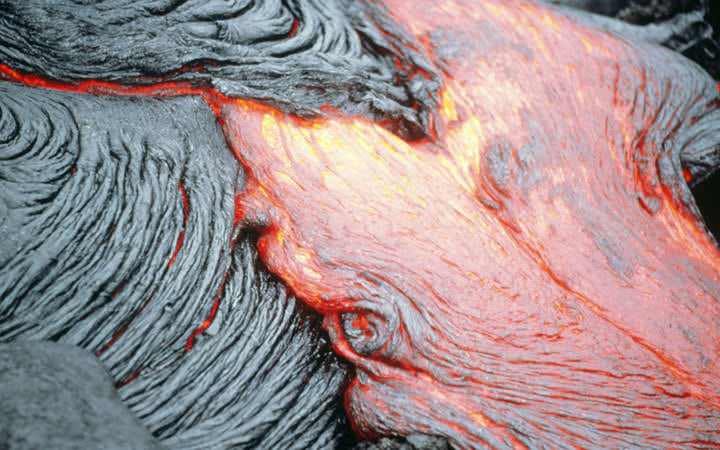Igneous Rocks

Igneous rocks, form when melted rocks cools and solidifies. Some form under the Earth's surface, while others form above it. There are two types of igneous rocks: intrusive igneous rocks and extrusive igneous rocks.
Intrusive igneous rocks form while underground. Slow cooling that occurs there allows large crystals to form. Examples of intrusive igneous rocks are:
Diabase is made of lagioclase feldspar (mostly labradorite) and pyroxene (augite)

Diorite is made of sodium-rich plagioclase with lesser amounts of hornblende, biotite, and pyroxene minerals. It usually contains little if any quartz.

Gabbro is made of calcium-rich plagioclase feldspar (typically labradorite or bytownite) and propenes (frequently augite).

Granite is composed mainly of quartz and feldspar with minor amounts of mica, amphiboles, and other minerals.
Most pegmatites have a composition that is similar to granite with abundant quartz, feldspar, and mica.
Peridotite is composed mainly of orthopyroxene and clinopyroxene, with olivine and hornblende.
Extrusive igneous rocks erupt onto the Earth's surface, where they cool quickly to form small crystals. Some of these rocks cool so quickly that they form an shapeless glass. These rocks include:
Andesite is rich in plagioclase feldspar and amphibole minerals.
Basalt has a composition similar to gabbro.
Dacite often contains more quartz than andesite and more plagioclase than rhyolite.
Obsidian has a composition similar to rhyolite and granite.

Pumice erupts from magmas that are highly charged with gas and have a rhyolitic composition.

Rhyolite is made up of quartz, plagioclase, and sanidine, with minor amounts of hornblende and biotite.
Scoria has a composition similar to basalt, but it can also have a composition similar to andesite.




